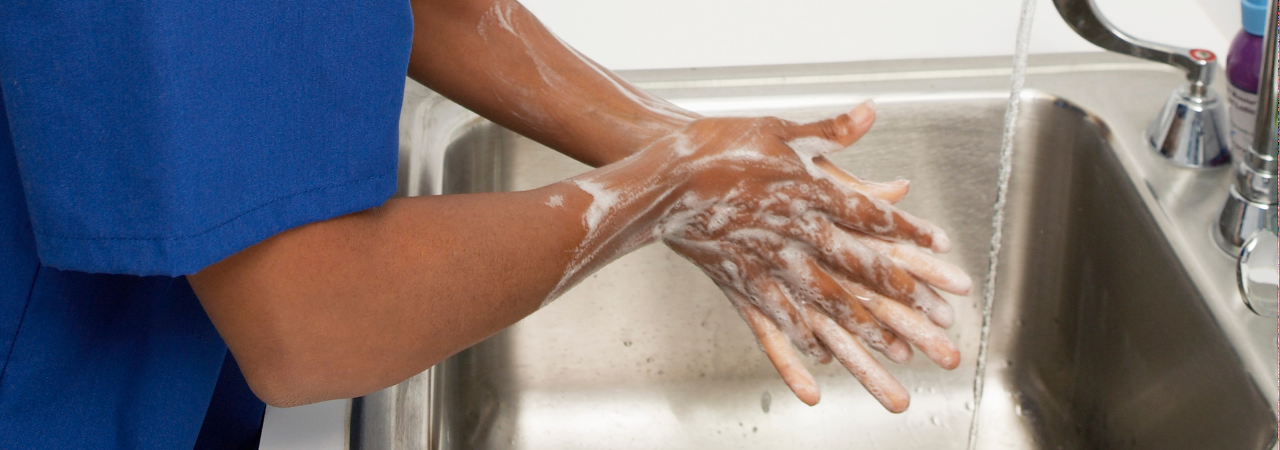6 ways dental offices can show patients how you keep them safe

When patients visit your dental practice, they want to enter a safe environment. They not only trust that they’ll receive excellent treatment from highly trained dental professionals, but they also expect a clean, sanitary office. This is why all dental practices prioritize infection control — from practicing proper hand hygiene to wearing personal protective equipment (PPE), disinfecting instruments and operatories, and cleaning water lines.
Unsurprisingly, DANB’s new infection control report, Turning Safety into Trust, found that almost all patients believe infection control is important. Just one in four patients report that their dental office has discussed cleaning and safety with them — however, more than half of patients want to have those conversations with you!
This presents an education and marketing opportunity for practices to demonstrate all the effort they put into keeping patients safe. Here are a few steps you can follow to show and tell your infection control efforts to patients.
Make safety practices visible
Following infection control protocols is probably second nature to your team. But performing some of those practices in front of patients can give them reassurance that you’re following the proper steps to keep them safe. For example, you might wash your hands in front of patients before their procedure starts, or put on your mask, gloves, and any other PPE in front of them. Even if the patient doesn’t actively notice these things, it may subconsciously make them feel more at ease knowing that their dental team is taking the proper safety precautions.
Use visual cues
Similarly, you can make your infection control efforts known by placing signage throughout the office. You might put signs on doors or walls stating that the room has been disinfected for patient safety. Or, you could put a sign on exam room or operatory doors, with one side that reads, “Cleaning in progress," and the other that says, “This room has been cleaned and prepared just for you.” You could even hang signs or posters that outline your infection control protocols. Feel free to get creative!
Display credentials
Mastering the ins and outs of infection control takes rigorous training and education for the whole staff. Don’t be afraid to show what you know! Display your staff’s credentials proudly to show patients they’re in good hands. For example, you can hang a plaque or sign to let patients know that your office is OSHA-compliant. Or, you can display certificates to show that your staff has passed DANB’s Infection Control (ICE) exam or earned infection control credentials such as the Certified in Dental Infection Prevention and Control (CDIPC) certification.
Communicate infection control efforts clearly
Verbalizing your office’s safety measures to patients can also be effective. Consider training your staff to briefly explain some infection control protocols during check-in or treatment. You could simply share that the treatment room and instruments have been sanitized for their safety. If you want to get more specific, you could mention that you change out protective covers and PPE between patients or that the instruments you’ll be using have been sterilized using a hospital-grade autoclave.
Share your process broadly
You don’t have to restrict your marketing efforts to the patients in your office on a given day. You can add an infection control section to your website that emphasizes the importance your team puts on patient safety and the infection control measures in place. You could even put together a social media campaign to demonstrate your commitment to infection control and creating a safe space for current and future patients. For instance, you could post a video that outlines the steps you take to clean and disinfect the office between each patient.
Empower staff
If you put any of the previous measures into place, you may start to receive more questions from patients about safety in your office. Make sure everyone on the team feels equipped to answer these questions. During team meetings or morning huddles, you might read over a script or even role play to simulate these conversations. This will keep the whole team on the same page and ensure accurate, consistent information gets relayed to patients.

